Getting to know your dog starts by getting to know its breed, and that includes getting a better idea about its appearance, personality, and health requirements. Here's what you need to know about the Pugs:
The wrinkly face of the Pug is simply undeniable. This smaller dog was at one time the companion of Chinese Emperors during the Shang Dynasty. However, at that time, the Pug was called Foo or Lo-Chiang-Sze. Today, you can find Foo figurines, which have the same bulging eyes as that of the Pug. Soon, this breed became highly popular in Tibet, being a prized pet of monks. From there, the breed wove its way into Japan, followed by Europe.
Then by the late 16th century and early 17th century, the Pug was imported from the Dutch East Indies Trading Company. In fact, when William III and Mary II ascended the throne in 1688 after leaving the Netherlands, the Pug actually was chosen as the House of Orange's official breed. Eventually, various European countries were flooded with the Pug and by the time they reached Spain, Goya began painting them.
In the 18th and 19th centuries, popularity levels continued to rise. Interestingly, Josephine, Napoleon Bonaparte future wife, used her pet Pug as a means of sending covert messages to her family while she was being held in the Les Carmes Prison. Over the years, the Pug's popularity kept growing throughout Europe, eventually making its way to the United States. Currently, the Pug is still just as popular as it was, even more so. This dog is cuddly with a massive personality. Because of its size and positive traits, the Pug makes an excellent family pet.
Physical Appearance
Early Pugs in the 18th century were a longer and leaner version of today's breed. What we see now is a more compact body with a deep chest and defined muscles. The Pug's head is round and the eyes large and dark. However, the Pug's face wrinkles are what make it so distinct and adorable. The tail of the Pug is also cut, being tightly curled that falls back over the hip. In fact, for show purposes, a double curl of the tail is deemed perfection. The coat is short and glossy with a number of color options to include:
Silver
Black
Fawn
Apricot
Temperament and Personality
If you are looking for a sociable dog, the Pug is ideal. However, you need to keep in mind that this breed can also be stubborn. The breed is great with children and other animals. Playful, clever, and overall charming are just a few descriptive words to describe the Pug. The only slight personality flaw is that this breed can be jealous when ignored.
Health
Pugs are generally healthy dogs but with a short muzzle and not having any skeletal brow ridges, some issues can arise specific to breathing. The short muzzle can also make extreme hot or cold temperatures difficult to handle. Therefore, the Pug needs to be kept indoors with moderate temperature settings. In addition, because of the protruding eyes of the Pug, scratching of the cornea is another possible problem. It is also important to keep this dog breed on a healthy and monitored diet, as well as a good exercise plan in that obesity can occur.
Other potential health risks associated with the Pug includes inflammation of the brain, which is known as Granulomatous Meningoencephalitis. Experts now believe this disease to be inherited although it is not 100 percent certain. Unfortunately, if a Pug were determined to have this problem, it would die naturally or need to be humanely euthanized. Keep in mind that with good care, this adorable breed can live anywhere from 12 to 15 years.

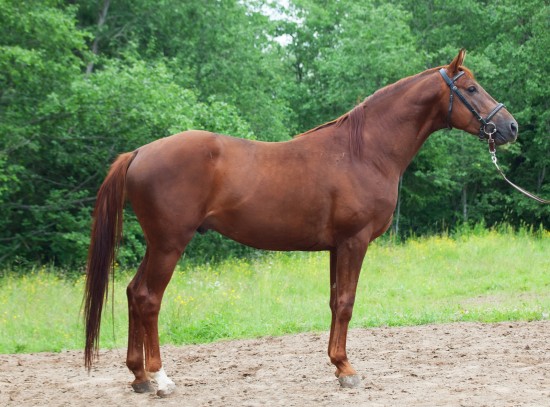 The Modern World Of Horse Buying
The Modern World
The Modern World Of Horse Buying
The Modern World
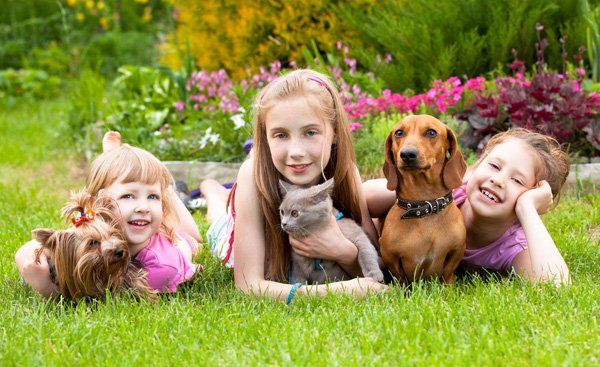 Finding the top Vet for Your Beloved Pets at Animal Hospital in Coquitlam
Finding the top Vet for Your Beloved Pets at Animal Hospit
Finding the top Vet for Your Beloved Pets at Animal Hospital in Coquitlam
Finding the top Vet for Your Beloved Pets at Animal Hospit
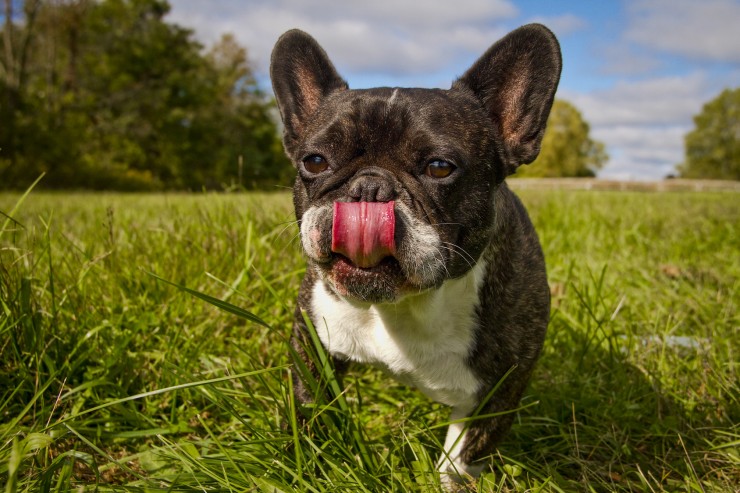 Things Every New Dog Owner Needs To Know About Their Pet
Things Every New
Things Every New Dog Owner Needs To Know About Their Pet
Things Every New
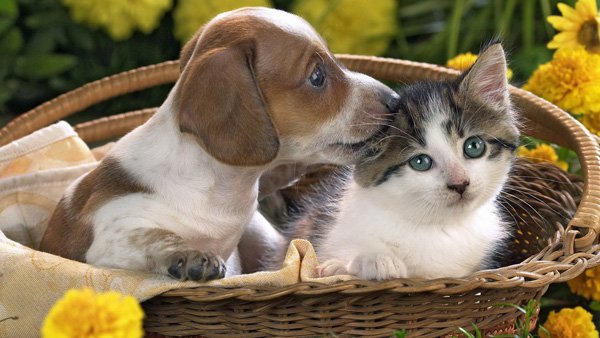 Tips for pet care in winter
Tips for pet care in winter
Winter is arriving
Tips for pet care in winter
Tips for pet care in winter
Winter is arriving
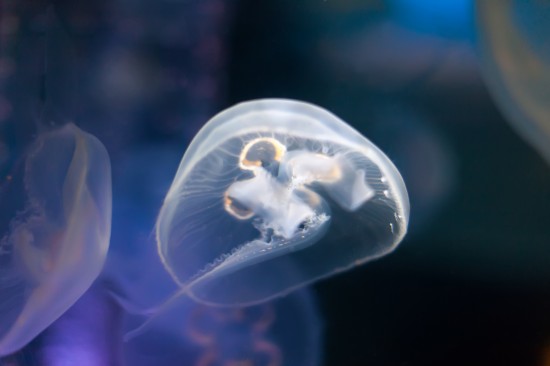 Can You Keep Jellyfish In Your Aquarium?
Can You Keep Jell
Can You Keep Jellyfish In Your Aquarium?
Can You Keep Jell